Custom CNC Milled Parts — Quality Work, Factory Price
We machine aluminum, stainless steel, brass, and plastics — with great accuracy and smooth finish. You’ll get solid parts, fair price, and no surprises.

See What We Can Mill
Here are just a few examples of custom CNC-milled parts we’ve produced — from housings to fixtures, in both metal and plastic.
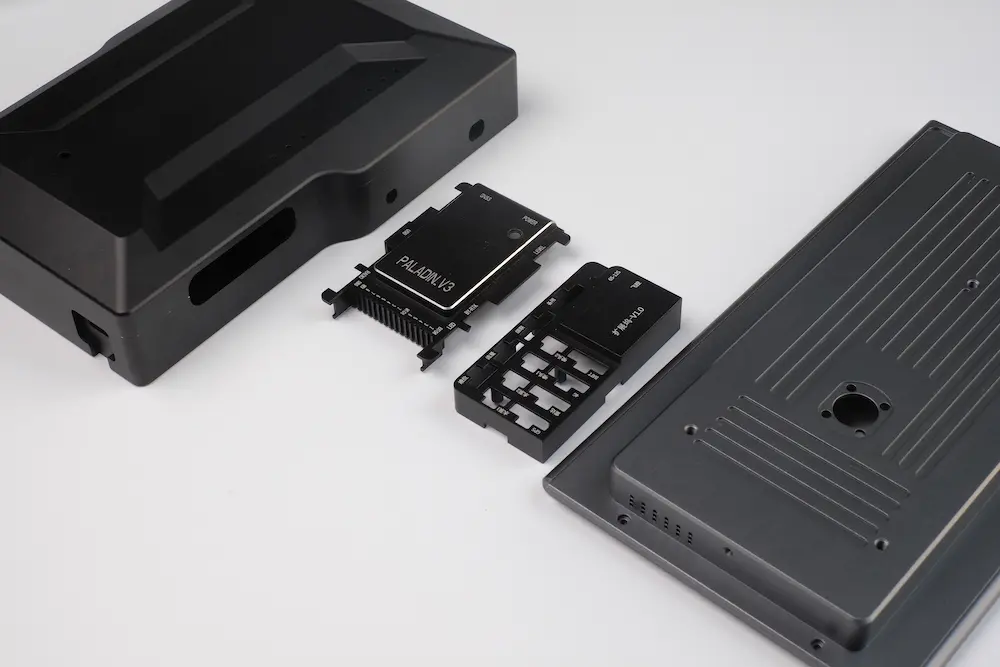

Perfect for Plates, Brackets, and Housings
Flat parts with holes, pockets, or slots — all milled to spec.
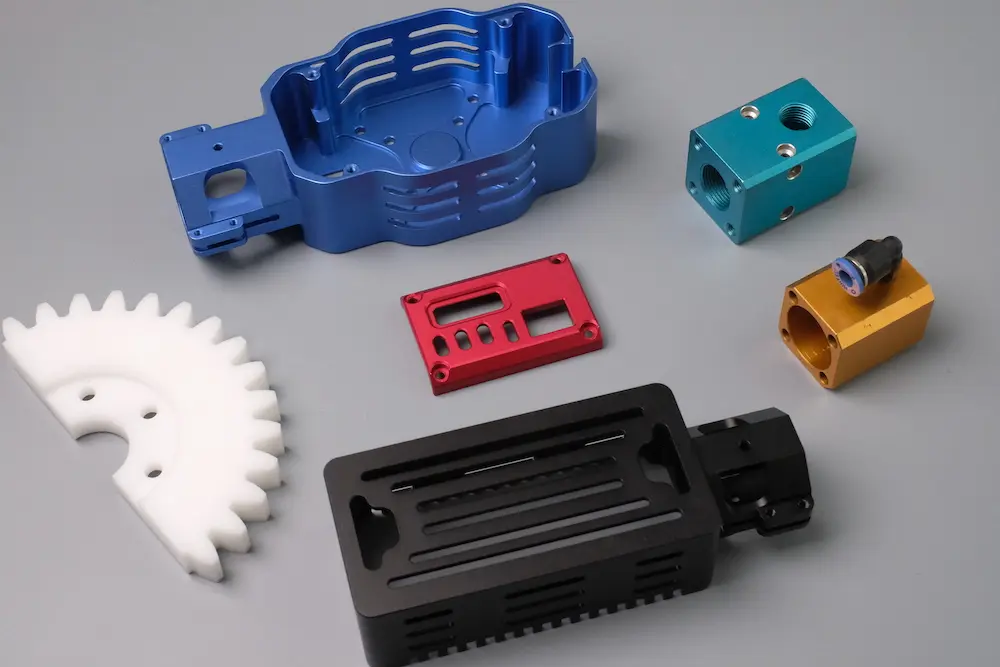

Thin Walls and Tight Hole Spacing? We Handle It.
We keep precision and strength, even on delicate aluminum parts.
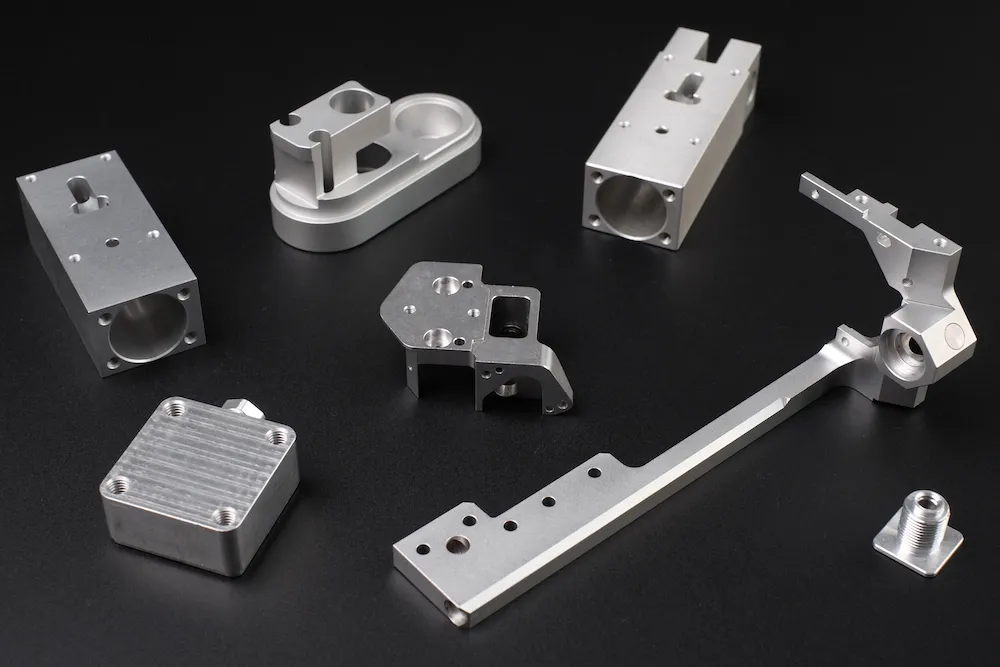

Multi-Face and 5-Axis Machining
We handle angled cuts, deep pockets, and complex contours.
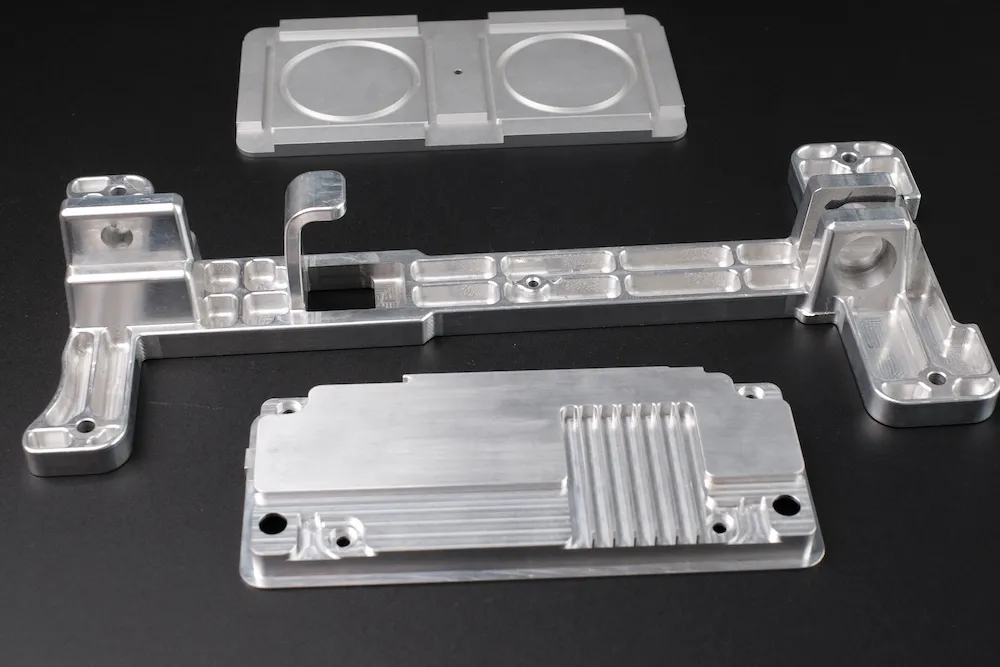

Consistent Accuracy on Every Part
Tolerances down to ±0.01 mm, even for prototypes or complex jobs.


Wide Range of Materials Supported
Aluminum, steel, copper, engineering plastics — all handled in-house.
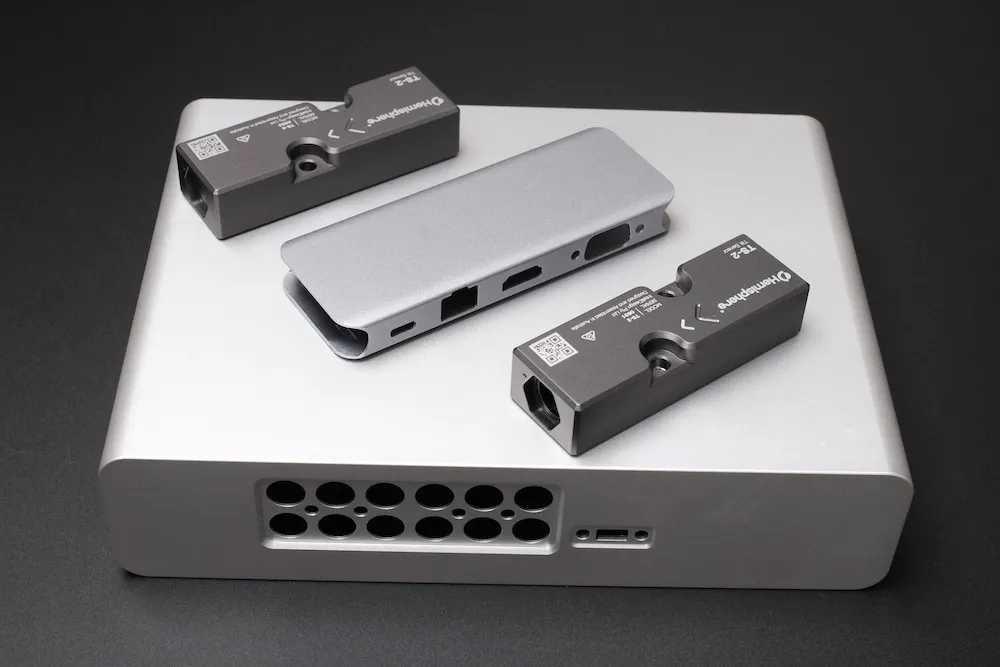

Trusted in Precision Applications
Milled parts used in automation, electronics, instruments, and enclosures.
Why Clients Trust Us


We make complex parts simple.
From thin walls to deep pockets, we’ve seen it all — and we’ve done it well.
Small runs or big orders — we handle both.Whether it’s 5 pieces or 5,000, you’ll get the same attention to detail.
Stable quality, direct from our factory.
We’re not middlemen — our in-house team controls every step, from machining to inspection.
Fair pricing, no surprises.
As a CNC shop with 10+ years experience, we know how to deliver real value without the guesswork.
Send us your file to get started.
How to Work With Us
1
Tell Us What You Need
Send us your CAD file and part requirements — materials, quantity, tolerance, and surface finish.
2
Get a Quote
Receive a detailed quotation within 24 hours, customized to your exact needs. We’ll confirm technical specs with you before moving forward.
3
Start Production
After sample approval and deposit, we begin mass production. All parts are inspected, packed, and shipped to your destination.
CNC Parts Customization Can Be Easy & Safe
Whether it’s a simple bracket or a complex 5-axis part, we’ve helped clients turn ideas into solid components — accurately, reliably, and at factory pricing.
Just upload your drawing, and we’ll get back with a tailored solution and quote — usually within 12 hours.
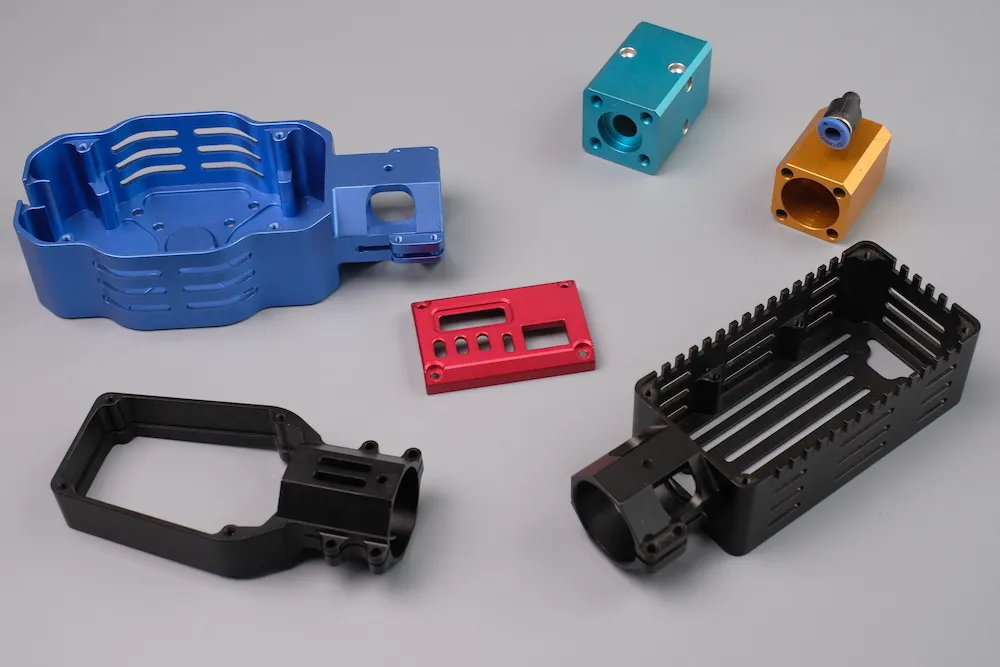



We’ll get back to you ASAP!
CNC Milling Services – What You Need to Know
Table of Contents
What Is CNC Milling?
CNC milling is a subtractive manufacturing process that uses rotary cutting tools to remove material from a solid block.
The entire process is guided by computer programs (G-code), which control how the machine moves, how fast it cuts, and how deep it goes.
With 3-axis, 4-axis, and 5-axis machines, we can create everything from flat brackets to complex multi-surface components — in both metal and plastic.
It’s fast, precise, and ideal for prototyping or production.
Materials We Work With
We support a wide range of metal and plastic materials — if it can be machined, we’ve probably worked with it. Material certifications are available upon request.
| Material | Common Applications | Compatible Surface Finish |
|---|---|---|
| Aluminum (6061, 7075) | Brackets, enclosures, heat sinks | Anodizing, sandblasting, powder coating |
| Stainless Steel (304, 316) | Medical parts, tools, outdoor components | Polishing, passivation, electropolishing |
| Carbon Steel | Structural and mechanical components | Black oxide, zinc plating |
| Brass | Connectors, decorative parts, valves | Polishing, nickel plating |
| Copper | Heat exchangers, electrical contacts | Coating, electropolishing |
| Alloy Steel | High-strength components, tooling | Heat treatment, black oxide |
| POM (Delrin) | Bushings, gears, wear-resistant parts | As-machined, polishing |
| ABS / PC | Prototypes, housings, enclosures | Painting, vapor polishing |
| Nylon (PA6, PA66) | Insulating parts, gears, wear components | As-machined, surface coating |
Not sure which material is best for your part? Just tell us what it’s for — we’ll help you choose the right one.
Surface Finishing Options
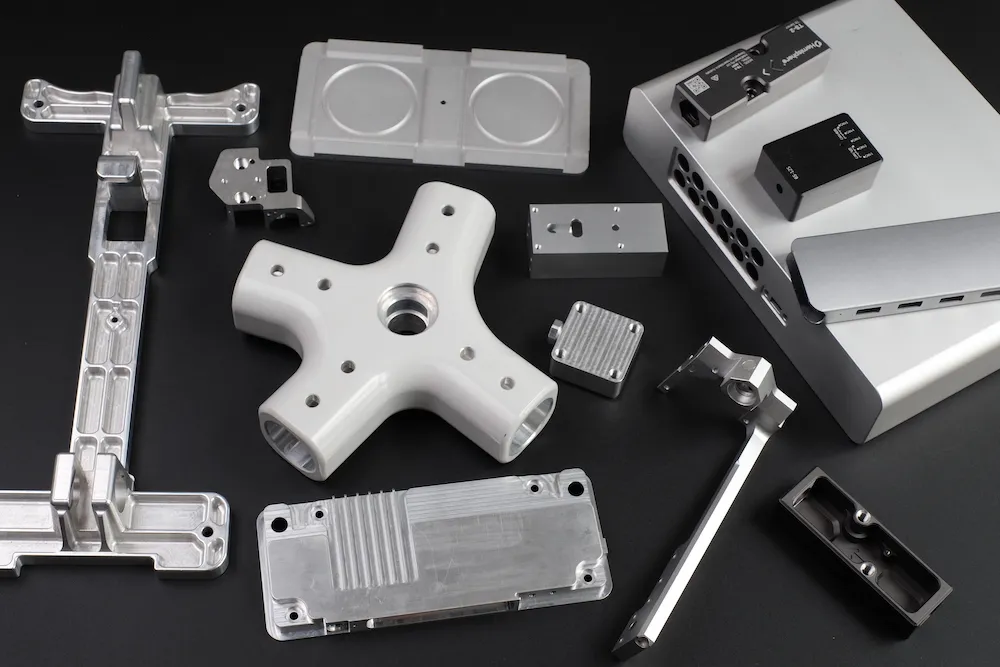

As-Milled – Tool marks may be visible. Fastest and most cost-effective finish. Ra ~3.2μm / 125 μin.
Bead Blasted – Matte, uniform surface achieved using glass bead blasting. Removes minor tool marks.
Anodized (Type II) – For aluminum parts. Available in clear, black, red, blue, and more. Offers corrosion resistance and color.
Anodized (Type III – Hardcoat) – Thicker, wear-resistant anodizing layer. Ideal for parts needing high durability.
Powder Coated – Tough, colored finish for visual and corrosion protection. Suitable for aluminum and steel.
Brushed Finish – Linear grain for stainless steel or aluminum
Electropolishing – Smooth, bright finish for stainless steel
Black Oxide – Mild corrosion protection for steel
Nickel Plating / Zinc Plating – Enhanced appearance and wear protection
Mirror Polishing – High-gloss surface for cosmetic or medical-grade parts
Tolerance Standards
We follow ISO 2768 standards for CNC milling. Standard tolerances are listed below. For tighter tolerances or critical features, please provide 2D drawings with specific GD&T callouts.
| Limits for nominal size | Plastics (ISO 2768-m) | Metals (ISO 2768-f) |
|---|---|---|
| 0.5mm to 3mm | ±0.10mm | ±0.05mm |
| Over 3mm to 6mm | ±0.10mm | ±0.05mm |
| Over 6mm to 30mm | ±0.20mm | ±0.10mm |
| Over 30mm to 120mm | ±0.30mm | ±0.15mm |
| Over 120mm to 400mm | ±0.50mm | ±0.20mm |
| Over 400mm to 1000mm | ±0.80mm | ±0.30mm |
*For nominal sizes below 0.5mm, please indicate required tolerances on your drawing.
| Minimum Feature Size | 0.5 mm (depends on material and geometry) |
| Surface Finish | Standard Ra 3.2 μm (125 Ra). Finer finishes available upon request. |
| Threading | Standard metric and imperial threads supported. Custom threads available upon request. |
| Edge Condition | All sharp edges will be deburred unless otherwise specified. |
Industries We Serve
Our CNC milled parts are used across a wide range of industries — from mechanical equipment to electronics. Whether it’s for structure, enclosure, or precision assembly, we deliver parts that perform.


Automation & Machinery
We produce structural brackets, plates, and mounts for industrial systems and robots.


Electronics
Our milled enclosures and heat sinks are used in consumer electronics and test equipment.


Medical Devices
Aluminum and plastic parts for diagnostic tools, lab machines, and custom fixtures.


Instrumentation
Precision-milled housings and components for meters, sensors, and control units.
Why CNC Milling Is Still a Top Choice
High Precision
CNC milling delivers excellent dimensional accuracy — great for functional parts, not just looks.
No Molds Needed
No need to invest in tooling — perfect for prototyping, low to mid-volume runs, or custom designs.
Fast Turnaround
Once the design is ready, machining starts quickly. No waiting weeks for molds or tooling setup.
Supports Many Materials
From aluminum and stainless steel to plastics like POM and ABS — CNC milling handles them all.
How CNC Milling Works
CNC milling uses pre-programmed code to guide a rotary cutting tool that removes material from a solid block — with precise control over motion, speed, and depth.
G-code & Automation
The whole process starts with a digital design (usually STEP or STL file), which is converted into G-code — a language that tells the machine exactly where and how to move
Subtractive Cutting
Unlike 3D printing, CNC milling removes material from the block. Tools rotate at high speed and gradually carve the part, one surface or cavity at a time.
Multi-Axis Control
With 3-axis, 4-axis, or 5-axis machines, we can access complex angles, multiple surfaces, and deeper features — all without manual repositioning.
In-Process Checks
To ensure accuracy, we often pause between tool changes or roughing/finishing passes to inspect dimensions, adjust offsets, or switch tools.
CNC milling is reliable, repeatable, and incredibly versatile. It works well for both one-off prototypes and full production — with excellent part consistency.
CNC Mills vs. CNC Routers
CNC mills and CNC routers may look similar, but they serve different purposes. Mills are more rigid and better suited for high-precision cutting of dense materials. In contrast, routers are typically used for softer materials like wood or plastic panels, where high-speed shaping is needed but tight tolerances are less critical.
If your project requires strong materials, tight tolerances, or repeatable accuracy, CNC milling is often the better choice.
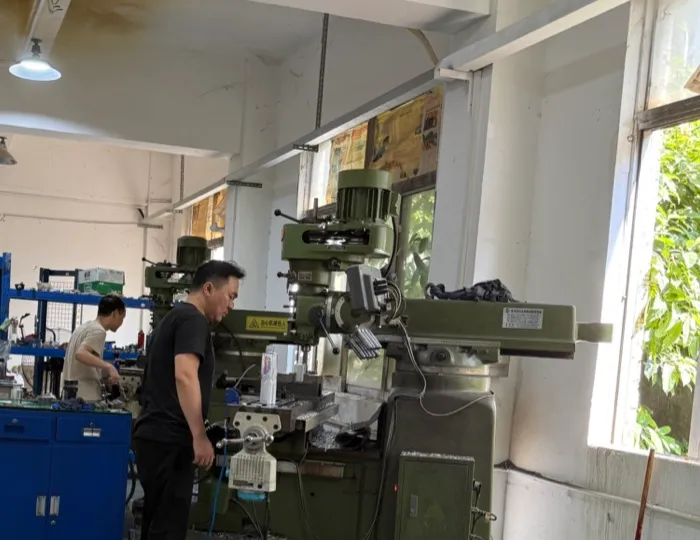

CNC Milling vs. CNC Routing — What’s the Difference?
CNC Mills
Designed for metal and engineering plastics
Built with rigid structure for high cutting forces
Uses precision ball screws and servo motors
Supports 3-axis, 4-axis, and 5-axis for complex parts
Great for tight tolerances and functional components
CNC Routers
Usually for wood, foam, acrylic, or light plastic
Lightweight frame, less rigid
Uses belt drives or lower torque motors
Good for fast shaping, but not for high-precision metal parts
Typically used in sign-making, furniture, or soft material work
If your part needs to be made from aluminum, stainless steel, or high-strength plastic — with tight tolerances and repeatability — CNC milling is the right choice.
3-Axis, 4-Axis, and 5-Axis CNC Milling
We support 3-axis, 4-axis, and 5-axis CNC milling — so no matter how simple or complex your part is, we can machine it accurately and efficiently.


3-Axis Milling
The cutting tool moves along X, Y, and Z directions. Ideal for flat parts, holes, slots, and simple geometries.
Most common setup — great for general components.
4-Axis Milling
Adds a rotating axis (usually A or B), allowing the part to be rotated for machining multiple sides without manual repositioning.
Efficient for cylindrical parts or parts with features on multiple faces.
5-Axis Milling
Adds two rotational axes — enabling the tool to approach the part from virtually any direction. Perfect for complex geometries, undercuts, and precision surfaces.
Best for aerospace, medical, or mold-grade parts.
In Summary
CNC milling is one of the most reliable and flexible ways to make custom parts — and we’ve been doing it for over 10 years.
From simple brackets to complex multi-axis components, we’ve helped clients worldwide get the parts they need — accurately, affordably, and on time.
If you’ve got a part in mind, we’d love to help bring it to life.
CNC Milling Done Right
Need precise parts? We machine simple and complex designs with ±0.005mm accuracy, right here in our own factory.
Our 5-axis machines and QC process keep things on track — so you get solid parts, at fair pricing, fast.
Upload your file, and we’ll send you a quote within 12 hours.
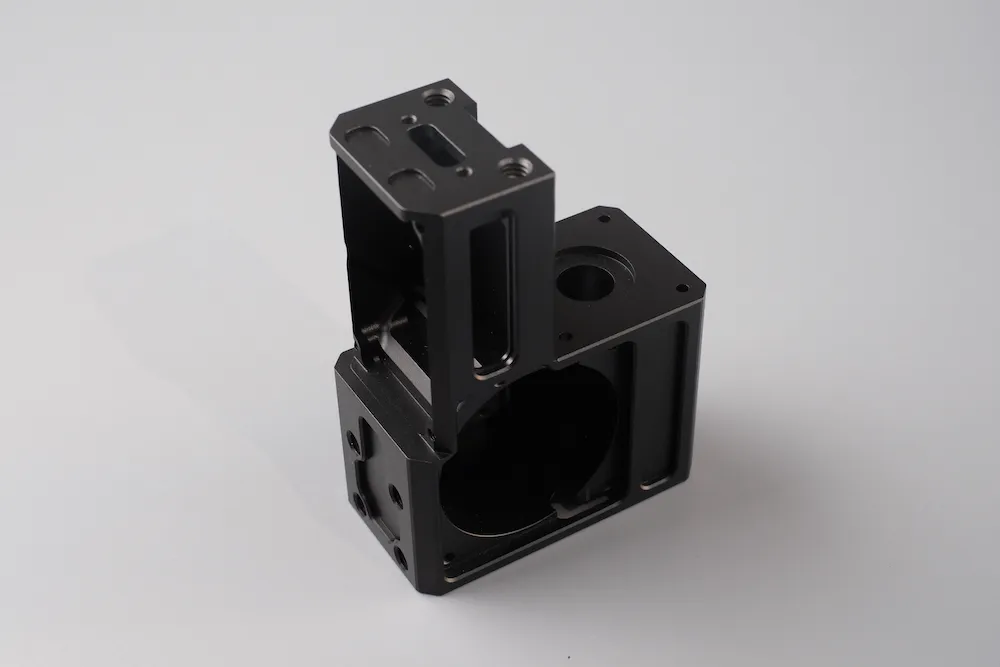

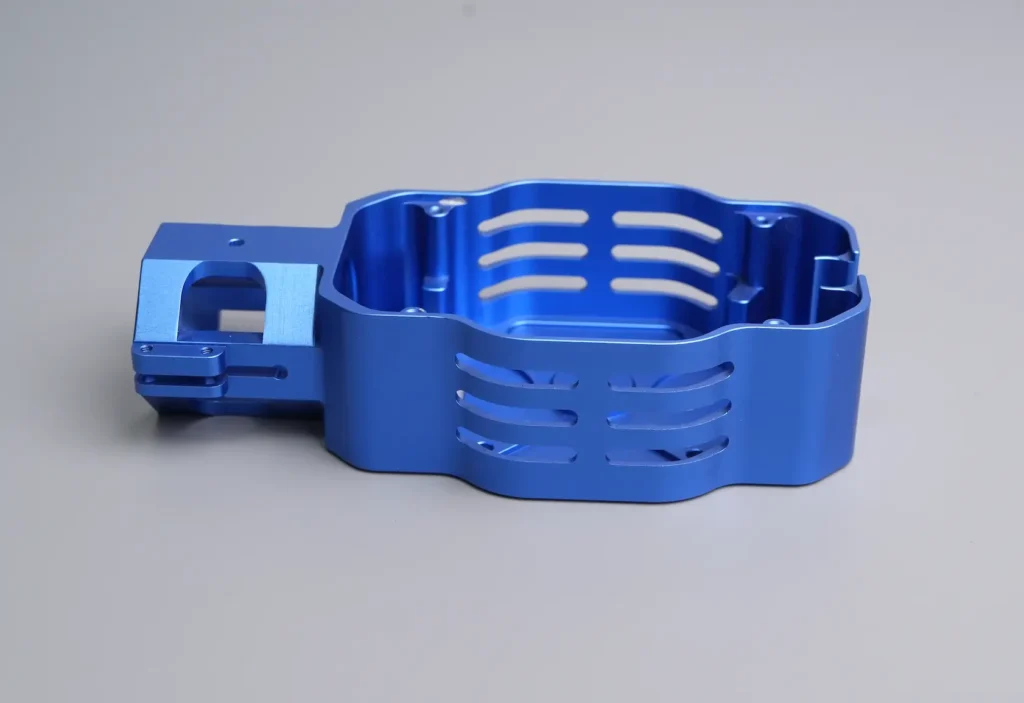

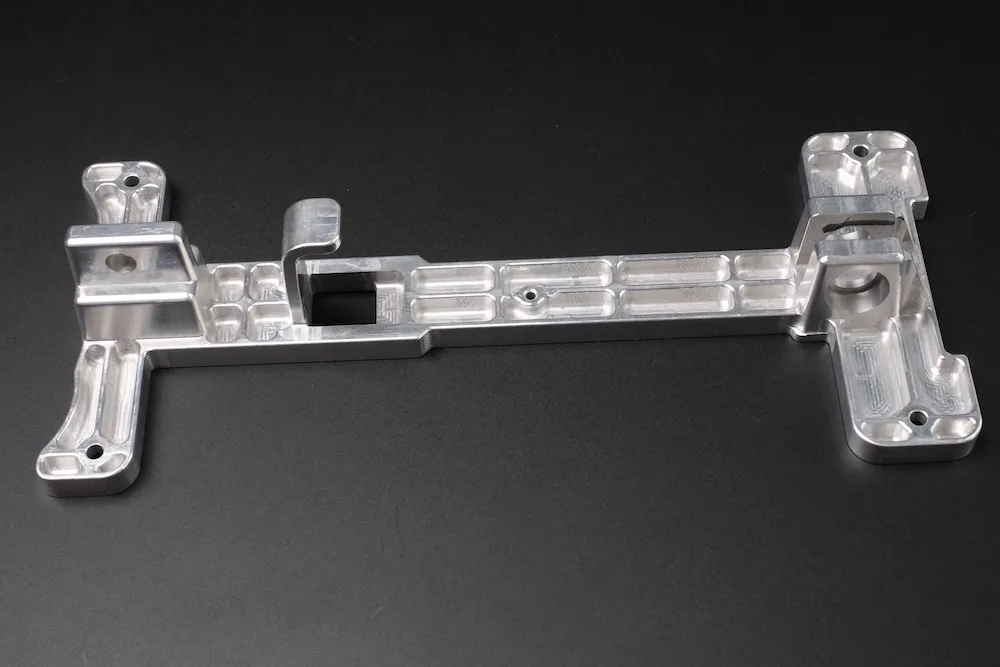

Start A New CNC Quote
- All uploads are secure and confidential.
We usually reply within 12 hours — no spam, no pressure.
FAQ — You Might Be Wondering
What file types do you accept?
STEP (.stp), IGES (.igs), STL, PDF, DWG — whatever you’ve got, we can probably work with it.
Do you have a minimum order quantity (MOQ)?
We’re flexible — small runs are welcome, and we can scale up to thousands of parts.
What’s your typical lead time?
Prototypes usually take 5–7 working days. Larger orders may vary, depending on complexity.
Can you hold tight tolerances?
Yes, we can hold ±0.005mm for CNC milling — and even tighter if needed. Please include a drawing.
Do you provide inspection reports?
Yes, full inspection reports are available upon request — including CMM and thread gauges.
Can I get a sample first?
Yes — we can do a sample before mass production. Just let us know your requirements.
Can you sign an NDA?
Absolutely. Your design is safe with us. We’re happy to sign your NDA or send ours.
What materials do you offer?
We machine aluminum, stainless steel, mild steel, brass, copper, and many plastics like POM and ABS.
What surface finishes do you offer?
Bead blasting, anodizing, black oxide, powder coating, brushing, polishing, and more.
What payment methods do you accept?
Bank transfer (T/T), PayPal, and Western Union. OA credit is available for long-term partners.
Do you ship internationally?
Yes, we ship worldwide by DHL, FedEx, UPS, or by sea — based on your preference.
How do I get a quote?
Just upload your drawing and tell us your material, quantity, and any special requests. We’ll reply within 12 hours.
Still unsure?
No worries — just send us your part drawing, and we’ll figure it out together.
